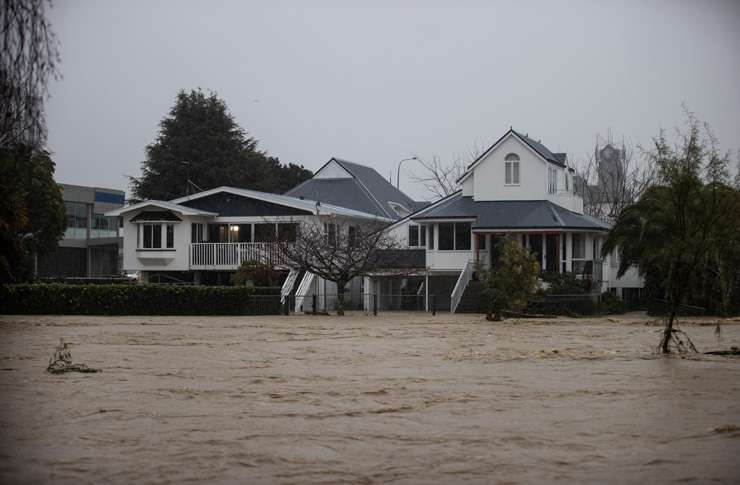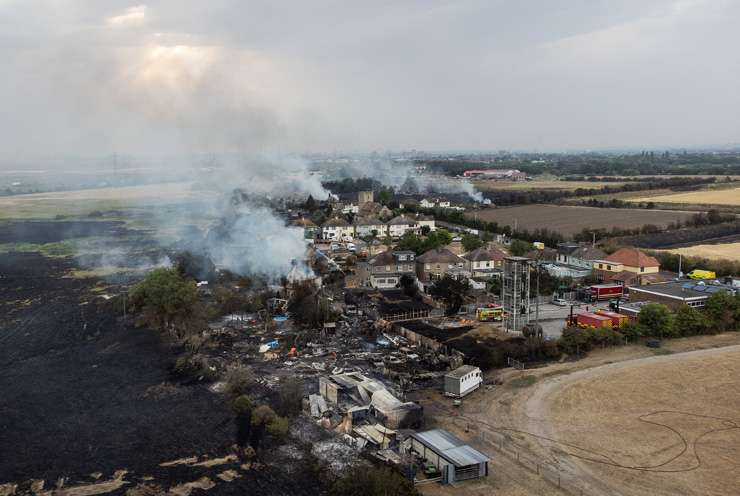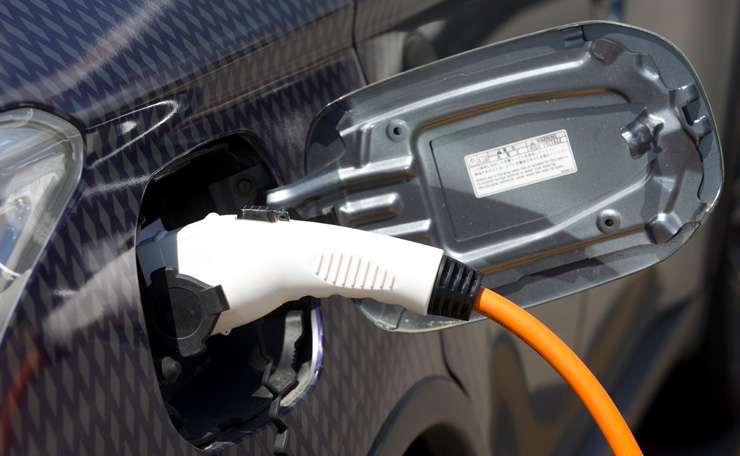New Zealand’s in the midst of a building boom but some homes will be out of date as soon as they’re finished.
Andrew Eagles, chief executive of the NZGBC (New Zealand Green Building Council), says while some new homes will have aspects of future-proofing incorporated into them many won’t have elements which could help combat problems created by climate change and intensification.
It’s better – and cheaper - to plan ahead than to retrofit when it comes to future-proofing housing, says Eagles.
People can think about future-proofing in a number of ways, he says, from design to environmental aspects and even their old age.
Start your property search
That could mean creating wider hallways in a home for easier accessibility when older, but other important measures that can be taken now would guard against the more regular weather events the country is seeing, like droughts and heavier rainfalls.
There’s also a phenomenon dubbed the urban heat island effect where built-up urban areas get really hot – we’re having more of those events, too, as our cities become more dense with buildings.
The urban heat island effect is when the built material in a city ends up heating the built-up area more than it would have if there was still foliage, Eagles explains.
“For instance in the UK at the moment with their hot temperatures, it’s getting hotter because the heat is bouncing off the glass.
“It’s not being absorbed by trees and other things that we would normally have in nature and so you can get very, very hot in urban centres.”
That means buildings need things like as cross-ventilation, where doors or windows are situated across from each other so the breeze passes through the home, and blinds and shading become more important.

Flood waters rise in Nelson. Climate change is a growing headache for homeowners in New Zealand. Photo / George Heard
Addressing the urban heat island effect is more important than ever with the intensification already being seen around our cities, and with more to come, Eagles says.
“We're going to be building closer together so there's more risk of it, and the same, actually, with localised flooding events.”
With intensification comes more concrete, such as driveways and other hard surfaces, which means there’s more likelihood of surface water run-off leading to flooding.
Eagles is concerned a lot of homes won’t be built to address these fundamental needs of the future and says some measures which could help a lot and also lead to big savings are pretty simple yet are not part of the Building Code.
“Here’s a good example,” he says.
“We had a two-year drought in the Auckland region and yet when you go to build a home there’s no Building Code requirement for water-efficient devices (like showerheads and taps).”
Homes built to Homestar (a tool which rates a home’s performance and environmental impact) routinely save 20 per cent or more of their water use, Eagles says.
“The more people build to that the more you get that massive saving and Watercare doesn’t have to spend billions of dollars finding new water sources or taking water from the Waikato because we’re saving that every day.”
Another issue to be faced is the run-off from heavier rainfall on hard surfaces without sustainable urban drainage.
“That means instead of having a concrete area you could have concrete that is permeable.”
A solution to that is green roofs on apartment and commercial buildings which slows down the run-off, he says.
Future-proofing also means catering for a low carbon future and that could include more solar panels on all homes and more energy efficiency measures.
Everyone needs to get used to this because Eagles says within the next five years there will be legislation where both new and existing homes have to have labels to say how energy efficient they are – something that has been mandatory across the EU since 2006.

Smoke rise above house burnt out homes in London. The fires were caused by an intense heatwave that struck the UK capital last month. Photo / Getty Images
“It's already happening (here) for buildings, so energy labels on buildings, and it will happen for homes as well.”
Homeowners can future-proof here by doing things like adding double-glazing, plenty of insulation and also solar panels.
A positive is people have become more interested in healthy housing since the pandemic, Eagles says.
He cites research by MBIE (the Ministry of Business, Innovation and Employment) into the effects of the pandemic on the building and construction sector between March and July last year which showed a strong change in design preferences, especially in areas of better heating and ventilation, insulation and also the use of more energy-efficient measures.
“Also worth noting, in building new we had over 7000 homes register for Homestar in the last financial year so there's a lot of people looking at this now.”
Pete Evans, a national director for Colliers, who specialises in new build homes through to apartments, says many developers are looking to future-proof, from including smart home features to installing solar panels on the roofs of apartment buildings.
“In upmarket city fringe locations there are boutique projects coming to the market with solar panels on the roof and smart home technology to control air conditioning, lights, ovens.
“They start at the top of the market and then gradually work their way through if economically viable.”
Electric vehicle charging is probably at the top of the list for all future builds, with more apartment builds planning for this, Evans says.

Charge points for electric cars are thin on the ground in many new-builds. Photo / Alan Gibson
Most new terrace homes don’t have electric charging, though. In fact, there’s usually no garage and sometimes no carport in these homes so as electric vehicles become more popular solutions will have to be found.
“They’ll come up with something I'm sure, something to go onto a post and provide whatever charging systems they need.
“I think they will be retrofitted in the future, or power packs, or who knows what.”
In the meantime, people with electric cars can go elsewhere to charge them: “We're already seeing it happening, you can go to a McDonald's and there will be one nearby so I just think they'll solve that as that demand grows.”
Ongoing sustainability in the selection of materials is also something developers are looking at, so brick, metal and concrete over weatherboard for ease of maintenance and thermal qualities.
“The sun is a great provider of warmth so long as the materiality it hits holds that warmth in,” says Evans.
Evans agrees future-proofing when starting out is cheaper than retrofitting and also agrees there are a lot of out of date properties in New Zealand.
But future-proofing is more than just housing, he says - it’s looking at the green spaces and amenities available in intensified cities and suburbs where homes are getting narrower and higher.
Some Kāinga Ora developments, such as in Mt Roskill in Auckland, are modernising and regenerating suburbs with better parks and green spaces for the residents of more intensive housing.
Evans thinks that should be part of the vision whether the intensified housing is master-planned or whether it’s new homes in backyards because shared facilities and amenities are becoming more important than ever.
















































































